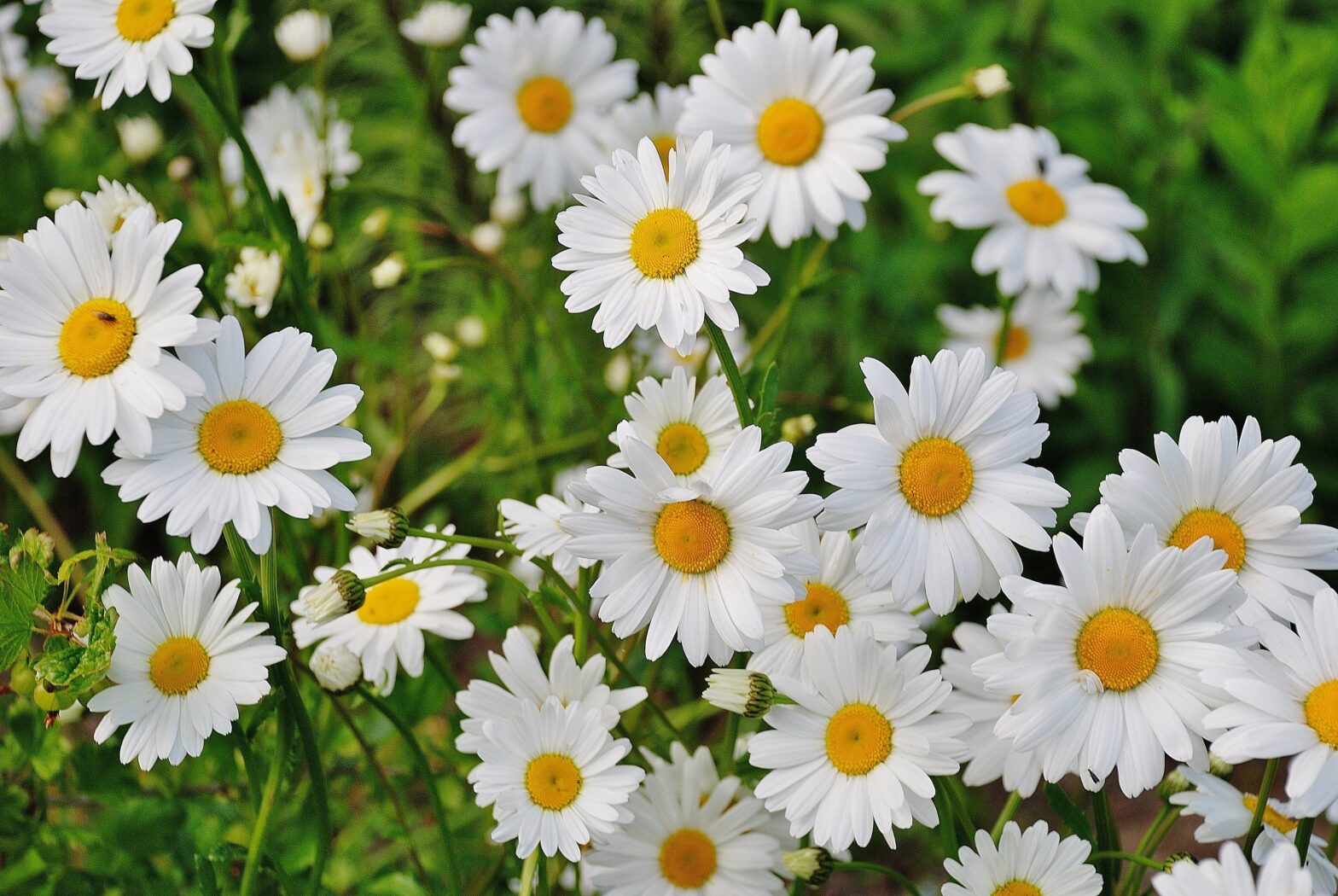Daisies, with their simple yet captivating charm, have captured the hearts of flower enthusiasts and gardeners around the world. These cheerful blooms, belonging to the family Asteraceae, come in a variety of species and cultivars, each possessing its unique allure. In this article, we will explore the fascinating world of daisies, examining their characteristics, cultural significance, popular varieties, and tips for growing and caring for these delightful flowers.
Section 1: The Enchanting World of Daisies
- Floral Symbolism: Daisies symbolize purity, innocence, and new beginnings. Their bright and sunny appearance has often been associated with joy, cheerfulness, and the simplicity of life’s pleasures.
- Global Presence: Daisies can be found across various regions and climates worldwide, from wild meadows to carefully tended gardens. They have become popular garden staples due to their versatility and adaptability.
Section 2: Popular Daisy Varieties
- Shasta Daisy (Leucanthemum x superbum): Shasta daisies are known for their large, white petals and golden-yellow centers. They are robust perennials and provide a profusion of blooms throughout the summer months.
- Gerbera Daisy (Gerbera jamesonii): Gerbera daisies are renowned for their vibrant colors, including shades of red, orange, pink, and yellow. They make stunning cut flowers and add a pop of color to gardens and floral arrangements.
- African Daisy (Osteospermum spp.): African daisies showcase vivid, daisy-like flowers in various hues, including purple, orange, yellow, and white. They thrive in full sun and are ideal for containers or garden borders.
- English Daisy (Bellis perennis): English daisies are petite and charming, featuring delicate flowers in shades of pink, white, and red. They are often used for edging, rock gardens, or as groundcover in cooler climates.
Section 3: Growing and Caring for Daisies
- Sunlight and Soil Requirements: Most daisies thrive in full sun or partial shade, depending on the variety. They generally prefer well-draining soil with moderate fertility. Adequate moisture and good air circulation are crucial for healthy growth.
- Planting and Propagation: Daisies can be grown from seeds, seedlings, or nursery-bought plants. Follow specific planting instructions for the chosen variety, ensuring proper spacing and depth. Propagation through division or cuttings is also possible for some species.
- Watering and Fertilizing: Regular watering is necessary, especially during dry spells, while avoiding overwatering that can lead to root rot. Apply a balanced fertilizer during the growing season to promote vigorous growth and abundant blooms.
- Pruning and Deadheading: Deadheading spent flowers and removing wilted foliage helps maintain a neat appearance and encourages continuous blooming. Prune back plants in late fall or early spring to promote healthy growth.
Conclusion: Daisies bring a touch of enchantment and joy to gardens, meadows, and floral arrangements with their simple yet captivating beauty. From the classic Shasta daisies to the vibrant Gerbera daisies, their diverse range of species and cultivars offers a delightful selection for every gardener and flower lover. By understanding their care requirements and appreciating their cultural symbolism, we can fully embrace the charm and grace of these nature’s smiling flowers.
